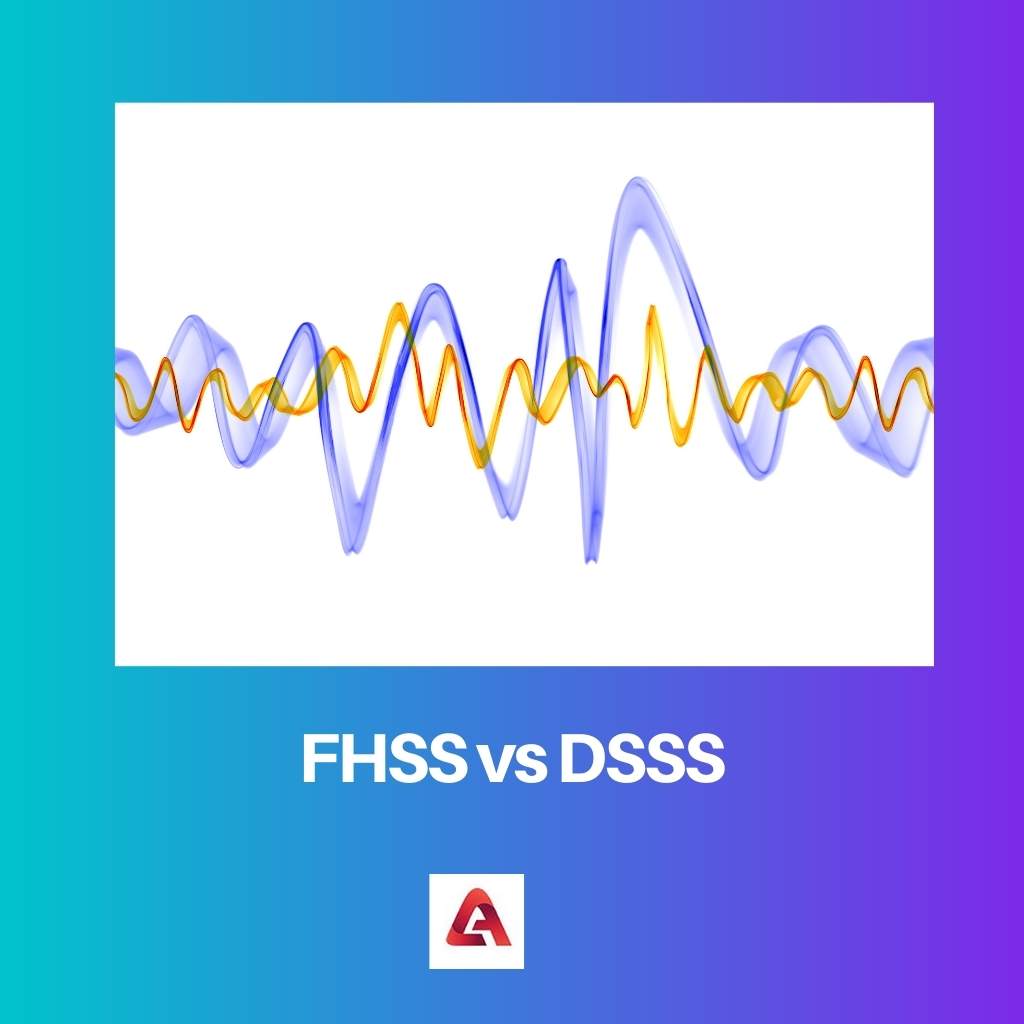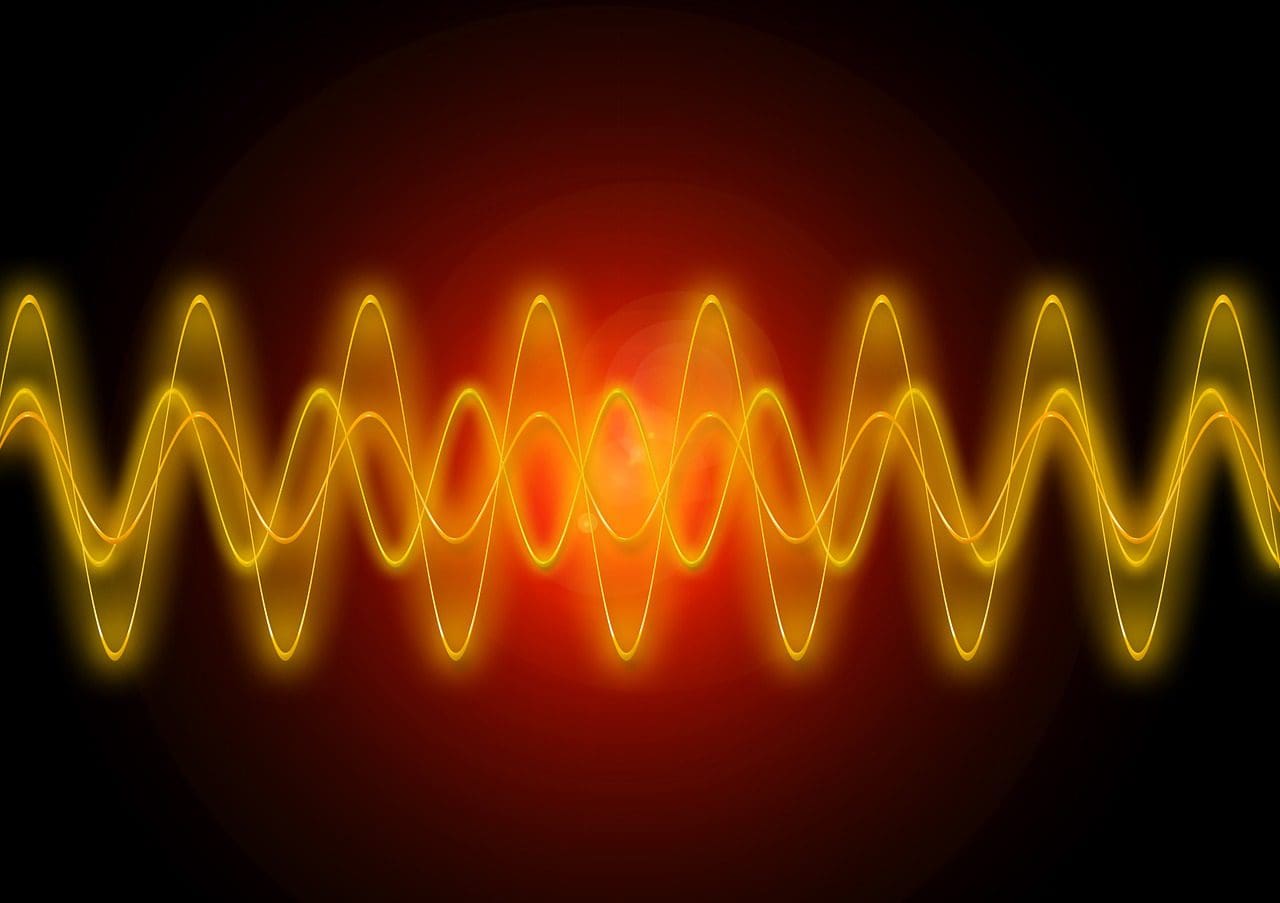Technology and inventions are some of the core components that have made the world easier and, overall, faster year by year. In today’s world, people come in confused in the selection of connection. Spread Spectrum technology is one of the best communication methods.
FHSS and DSSS are types of technologies, types of spectrums really that make the connection between people and maintain it.
One would get confused between the two types of connection because their concept is the same, but their use of bringing that concept into practical ways is different.
Key Takeaways
- FHSS stands for Frequency Hopping Spread Spectrum, while DSSS stands for Direct Sequence Spread Spectrum.
- FHSS uses a narrowband carrier that hops from one frequency to another, while DSSS uses a spread spectrum technique to spread the signal over a wider bandwidth.
- FHSS is more resistant to interference and provides more security, while DSSS offers higher data transfer rates.
FHSS vs DSSS
FHSS and DSSS differ in their different ways of transmitting information to a wider bandwidth. Both the spread spectrums use different processes/technologies. FHSS uses the process of “hopping”, while DSSS connects the signals through pseudo-noise.

FHSS is one of the two-spread spectrum technology, which is a form of radio transmission. It bounces or rather hops from frequency to frequency.
That is the reason for its full name being Frequency Hopping Spread Spectrum. It is used in any Wireless Local Area Network, also known as LAWN.
DSSS is also a spread spectrum technology that uses the “pseud noise” technique to send data signals from one place to another. It sends the signal into a wide bandwidth. In order to fulfil this, it breaks down the data, and afterwards, a “chipping code” is generated.
The chipping code should be longer to avoid any errors while transferring the data.
Comparison Table
| Parameters of Comparison | FHSS | DSSS |
|---|---|---|
| Abbreviation | Frequency-hopping spread spectrum | Direct-sequence spread spectrum |
| Delivery capability the connection | 3 Mbps | 11 Mbps |
| Rate of Signal to Noise Ratio | 18 dB | 12 dB |
| Advantages | The bandwidth of this system is large. The system can be programmed to avoid parts of the spectrum, etc. | It is simpler to hide the signal. It is less expensive than FHSS, etc. |
| Disadvantages | Errors in the connection, Not much useful for great range, etc. | A Wide-band channel is required, Needs a longer acquisition time period, etc. |
| Examples | Bluetooth, Military use, etc. | Wi-Fi, CDMA, etc. |
What is FHSS?
FHSS is a type of spread spectrum, which is cleared by its full name, Frequency-hopping spread spectrum. It has taken some time and various inventors to finally have the technology we use nowadays.
It was called Secret Communication System earlier. It is very much based on a process called “Hopping,” where the connection “hops” from frequency to frequency.
There are two types of FHSS: Fast hopped FHSS, and Slow hopped FHSS.
- Fast Hopped FHSS: The hopping process gets concluded faster than the information bit rate.
- Slow Hopped DSSS: Hopping is done slower than the information bit rate.
The hopping may be random while catching the signal, but it is predictable. It is done to fulfil two aims: Avoid interception and Reduce the interference between the signal.
Mostly, it is seen that the rate of hopping from one channel to another is twice or more than twice in a second. If the transmission is in synchronization, the possibility of a stable channel is maintained.

What is DSSS?
DSSS is a popular telecommunication process. The full meaning of DSSS is the Direct-sequence speed spectrum and is one of the most used technologies of the speed spectrum.
Unlike like in FHSS technology, DSSS encodes the data into chips and not from hopping signal to signal. To be particular, it uses an 11-chip sequence.
PN sequence, which translates into Pseudorandom noise, is a big part of this process. It is also known as Pseudo-Random Binary Sequence (PRBS). They are the main source of spreading the information or the data from the sending end to the receiving end.
It can also be used in those areas where the frequency of radio signals is found to be low, but the downfall can be that it would be costly. Aside from this advantage, DSSS provides higher throughput in the bandwidth and greater length of range than FHSS.

Main Differences Between FHSS and DSSS
- The process of decoding is easier in FHSS in comparison with DSSS. A particular algorithm is needed in DSSS to establish the connection between the sender and the receiver.
- Though there are errors in both of the technologies, It is seen that the rate of errors is more in FHSS than in the DSSS system. The bandwidth of the FHSS system drops every time any device gets close to a blocked frequency while hopping from channel to channel.
- DSSS is comparatively more reliable than the system of FHSS. The rate of reliability in applications is lower in FHSS. But for especially for mobile use and applications, FHSS is more power-efficient.
- The acquisition time, that is, the time it takes to change an analogue signal into a digital one, is more in DSSS systems than in FHSS systems.
- DSSS is rather more expensive than FHSS. At a lower Mbps, like 2 Mbps, FHSS would be less costly, but generally, radio signals are used at higher Mbps, and DSSS would be less expensive than FHSS.



